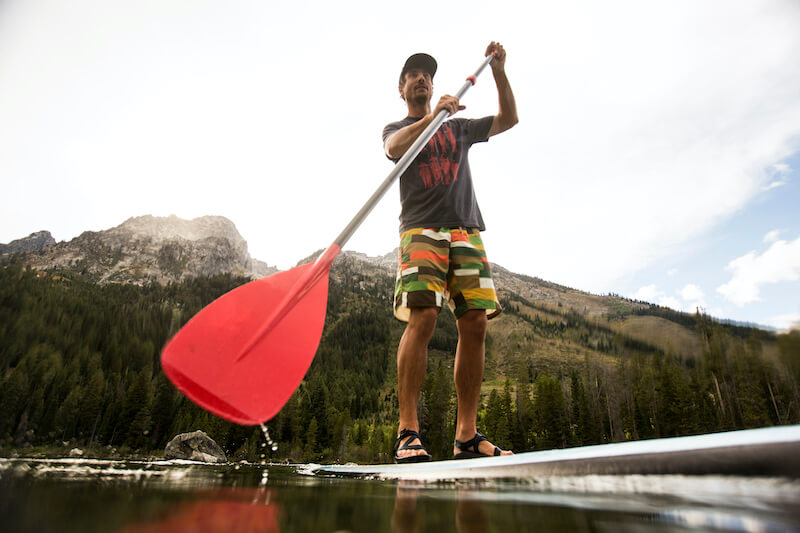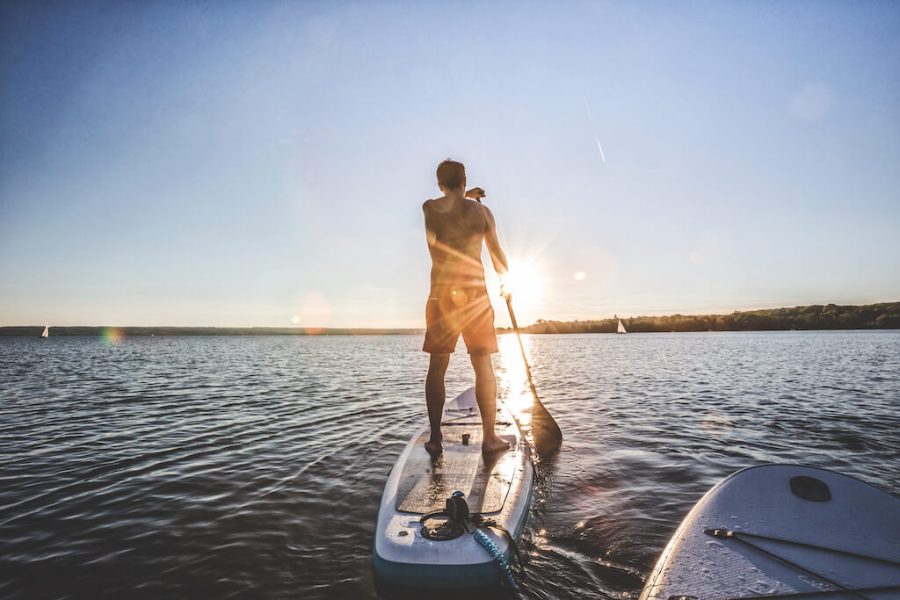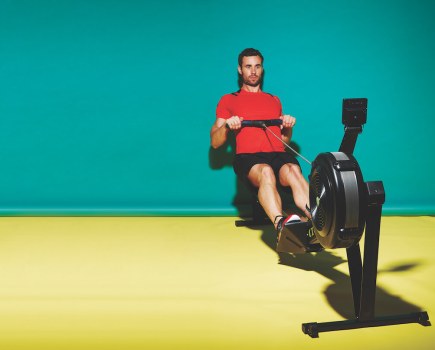Want to improve your balance, stability and core strength? These are just some of the benefits of stand-up paddleboarding…
Whether you’re gliding calmly along a tree-lined river, tackling the open waves or hugging the coast on a SUP safari, stand-up paddle boarding gives you opportunity to immerse yourself in nature while getting a whole-body workout in at the same time.
SUP Safety
If you’re new to paddleboarding, getting the right kit is key. Choose a board according to your weight and the style of paddling you intend to do, plus a few accessories – such as a leash to keep you connected to the board if you fall off, a flotation device and a waterproof pouch – to keep you safe if things go awry.
Remember to check the route and weather conditions before setting off, and be aware of tides and currents at coastal locations, or underwater obstructions and nesting wildlife on rivers – your local SUP club can keep you up to date on local conditions.
And if heading out alone, make sure someone knows when you plan to be back. Once you’ve taken care of the basics, hit the water and enjoy the glide.
5 Benefits Of Stand-Up Paddleboarding

1. Better Balance
Like an oversized wobble board, SUP constantly challenges your balance, helping you strengthen and tone up all over by working the tiny stabilising muscles in your feet and legs.
The low-impact sport also works larger muscle groups in your legs, back, core and arms, with minimum risk of injury.
Maintaining your balance on an unstable surface will also support other activities where balance is key, such as surfing, tennis, yoga and football.
2. Core Strength
You’d be forgiven for thinking your arms do most of the work when you’re paddleboarding, but it’s actually your core that’s responsible for your momentum through the water. Each stroke you take is like a mini-crunch for your abs – although it depends on correct technique.
Stand with feet shoulder-width apart, and keep your knees flexed. With one hand on the T-grip (the top of the pole) and the other on the shaft, place the paddle in the water at arm’s length and draw it alongside your board, keeping the blade perpendicular.
To activate your obliques, you either need to paddle very hard or rotate from your core for each stroke.
3. Peace of Mind
Along with green space, so-called ‘blue spaces’ – environments that include lakes, rivers, canals or the sea – are increasingly being found to support mental health and wellbeing.
One study at the University of Virginia found spending time in blue space can make you happier, reduce stress, improve your quality of life, and make you more sociable and altruistic.
4. Something for Everyone
There’s a SUP-style for every personality and fitness goal. The first-timers will do well with an ‘allround’: thick, multipurpose boards that are wide and long to increase stability.
They’re suitable for river and ocean touring, but still versatile enough for surfing if you don’t want to get a dedicated surf paddleboard. Some allround boards have a mast foot fitting, so you can attach a windsurf-sailing rig, too.
If you’re sticking to flowing rivers or calm seas, look for a ‘flatwater’ board – they often have a more tapered point to slice through water, enhance glide and travel in a straight line.
5. Fat Burn
If you want to torch fat, SUP could be the way to go, burning up to 1,125 calories in an hour of high-intensity racing.
At more modest speeds, touring for 60 minutes at 3mph will still see you averaging 615-708 calories, and even a leisurely pace still uses around double the energy you would in a moderately paced walk (2.5mph), at between 300 and 430 calories.
Whatever speed you board at, you won’t find many more fun ways to keep weight in check.








